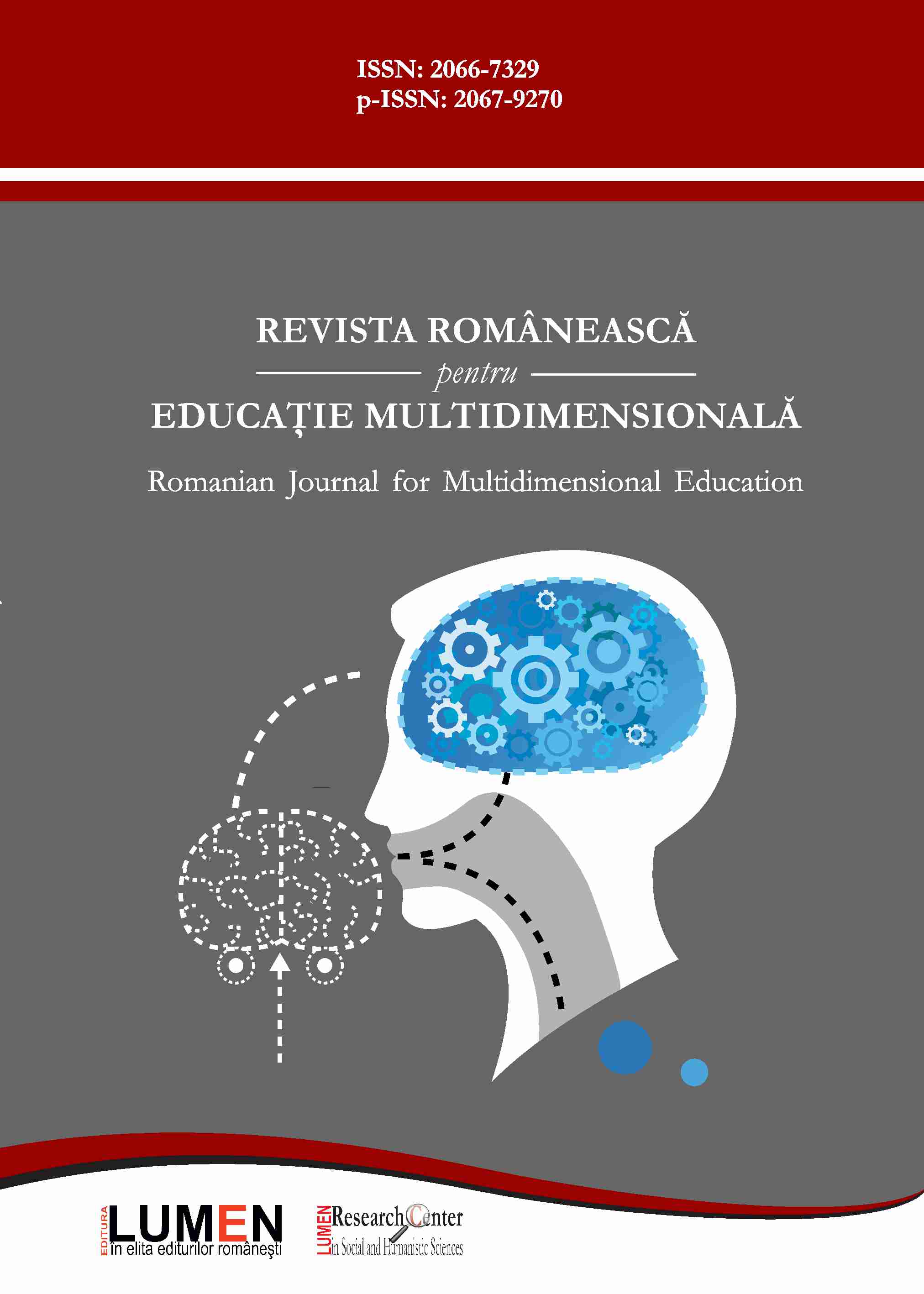Pedagogical Conditions for Swimming Skills Development in Students of Pedagogical Educational Institutions
Pedagogical Conditions for Swimming Skills Development in Students of Pedagogical Educational Institutions
Author(s): Mykola Nosko, Olexander Arkhypov, Oleg Khudoli, Zoya Filatrova, Maryna YevtushokSubject(s): Education, School education
Published by: Editura Lumen, Asociatia Lumen
Keywords: students; swimming; psychophysical condition; motivation; motor fitness;
Summary/Abstract: The purpose of this study was to determine pedagogical conditions for effective swimming training of students of pedagogical educational institutions.Materials and methods. The experimental group (EG) consisted of 45 first-year female students of the schools of foreign philology, physics and mathematics education, natural geography and ecology (special medical group) who had a sufficient physical fitness level and could not swim. The control group (CG) was composed of 40 first-year female students of the schools of foreign philology, physics and mathematics education, natural geography and ecology (special medical group) who had a sufficient physical fitness level, could float, swim short distances (3-5 meters).Results.After the experiment, there was a significant improvement in the test results. Specifically, the experimental group students showed increasein all parameters of the cardiorespiratory system functional state – an increase in breath-holding time in the Stange’s test and the Genci’s test (р= 0.001) and, accordingly, in the Harvard step test (р = 0.001). The results of the experimental group students improved in the Harvard step test by 13.56%; in the Stange’s test – by 9.26%; in the Genci’s test – by 13.15% (р= 0.001).The experimental group students showed a statistically significant improvement in the test results of physical fitness. Specifically, in the tests: “Standing long jump”, the result increased by 4.70%; “Sit-ups in 30 seconds” – by 10.59%; “Jumping rope” – by 6.91%; “Push-ups” – by 17.62% (p= 0.001).Conclusions.The study revealed a statistically significant effectiveness of the suggested methods of teaching swimming to special medical group students. On the basis of discriminant analysis, the researchers ascertained a statistically significant influence of the experimental methods on the dynamics of the students’ physical and functional fitness. Positive dynamics of change was found in the indicators of high level of anxiety during swimming training.
Journal: Revista Românească pentru Educaţie Multidimensională
- Issue Year: XI/2019
- Issue No: 2
- Page Range: 240-255
- Page Count: 15
- Language: English

